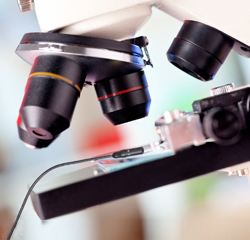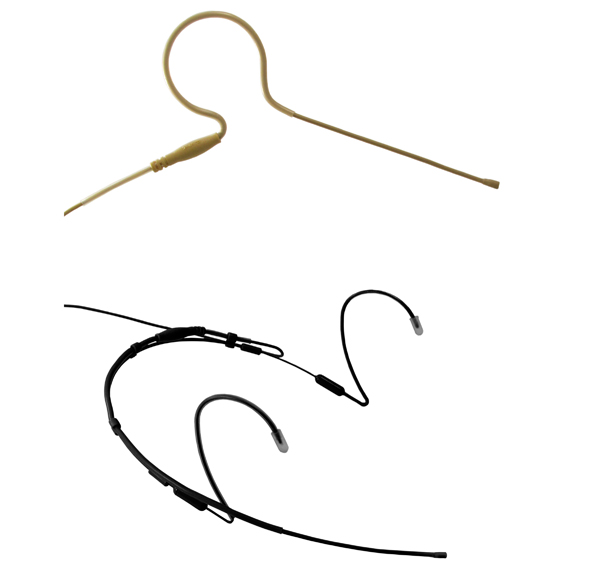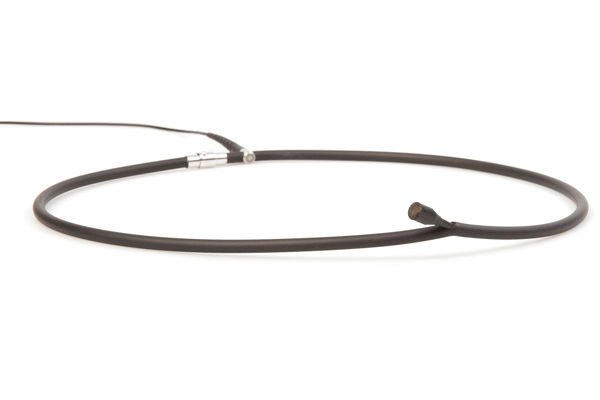
Making Headway
Unfortunately a lot of other applications don’t afford us with enough time to hide a lav on the heads of our presenters, and besides, most of them don’t want us attaching things to their hair or face. And that’s where purpose-designed headworn mics come into the picture.
While a lav hidden in an actor’s hair is certainly headworn, the term actually refers to a type of mic that is positioned from the ear. If the mic mounts around a single ear, it’s called an earset or ear-worn model, and it if uses both ears for support, it’s referred to as a headset or dual-ear model.
Both types use a small boom to position the mic element in proximity to the mouth. Boom lengths vary; some place the element very close to the mouth while others put it a couple/few inches away from the ear. In general, the closer the element is to the source, the better (and more consistent) the gain will be.
Mounting issues are pretty much eliminated, and there no clothing noise generated. Many manufacturers offer models in a few colors to better blend in with particular skin tones.
The main issues I run into with headworn mics have to do with the fit and the cable run. Most models allow for ample adjustment and flexible booms that can position the mic optimally, but it’s important take the time to actually fit and adjust the support system to the wearer’s head or the mic can slip out of position during use. A minute of attention on a snug fit can save a lot of headaches later.
Cables typically exit on the side and include small clips to guide it to the back of the garment, where it can then run down to a wireless transmitter.
Problems arise when there’s not enough slack between the mic and the clips. The mic can get pulled out of position when the wearer turns his/her head, or worse, the cable can get pulled from the mic.
Some models come with replaceable cables because damage is common when dealing with these relatively fragile wires, but the best solution is to always leave enough slack while verifying wearers have freedom of movement before they hit the stage.
Solving Problems
Suspended mics (a.k.a., choir or chorus mics) have gotten a lot smaller in recent years, to the point of being almost invisible when suspended above a performance area.
They can also be hidden in scenery and props to provide additional pick-up in dead coverage areas on a stage. While primarily for vocal ensembles, they can also be effective with orchestras, hung over the top for additional capture when the stage is too crowded for additional mics.
Speaking of instruments, miniature mics can come in very handy, especially when you don’t want to see the mic or it would get in the way.
A simple approach I use at times is to clip a lav to the musician with the element pointed at the instrument. This has worked well for me with hand percussion, a bongo player, and even a violinist who didn’t want a mic clipped to her expensive fiddle while also refusing to stay near stand-mounted mic. I outfitted her with headset mic and pointed it at the violin. It sounded quite good and there was plenty of pickup.
I’ve also used this method with flute players, including one with poor mic technique and lots of wind noise getting into the mic. With the element pointed at the head end of the flute, most of the noise was eliminated while a nice tone was captured.
Miniature mics can be directly attached to some instruments if the element will handle the SPL. I’ve mounted lavs on guitar, upright bass, cello, autoharp, and even a metal shaker for a percussionist. Use easy release tape like blue painters tape or board tape, and be sure to ask the permission of the owner before attaching anything to an instrument.


